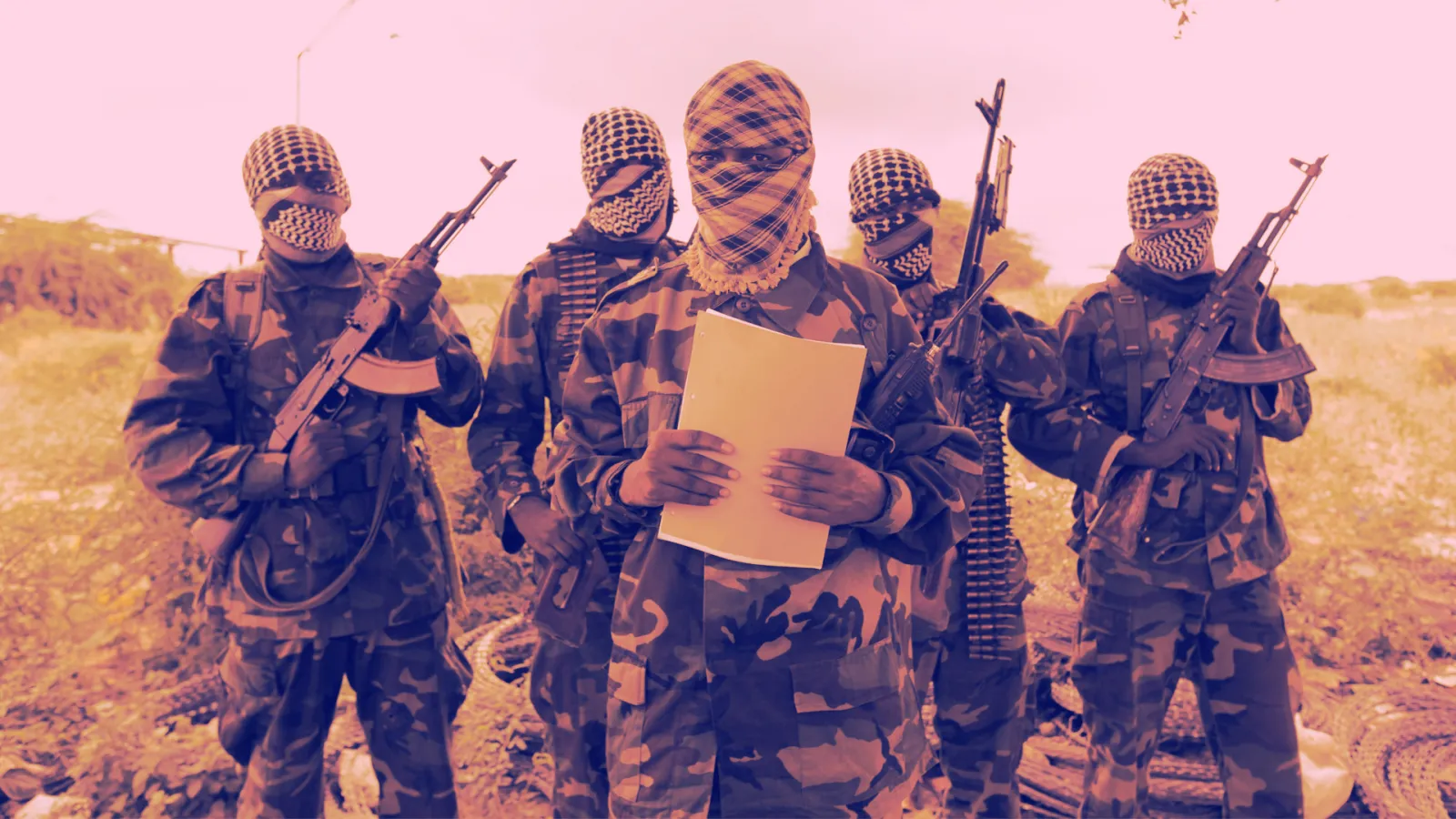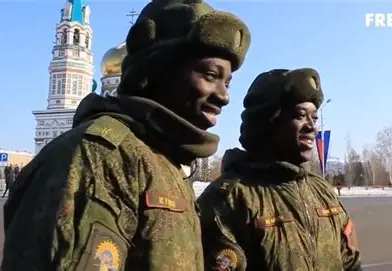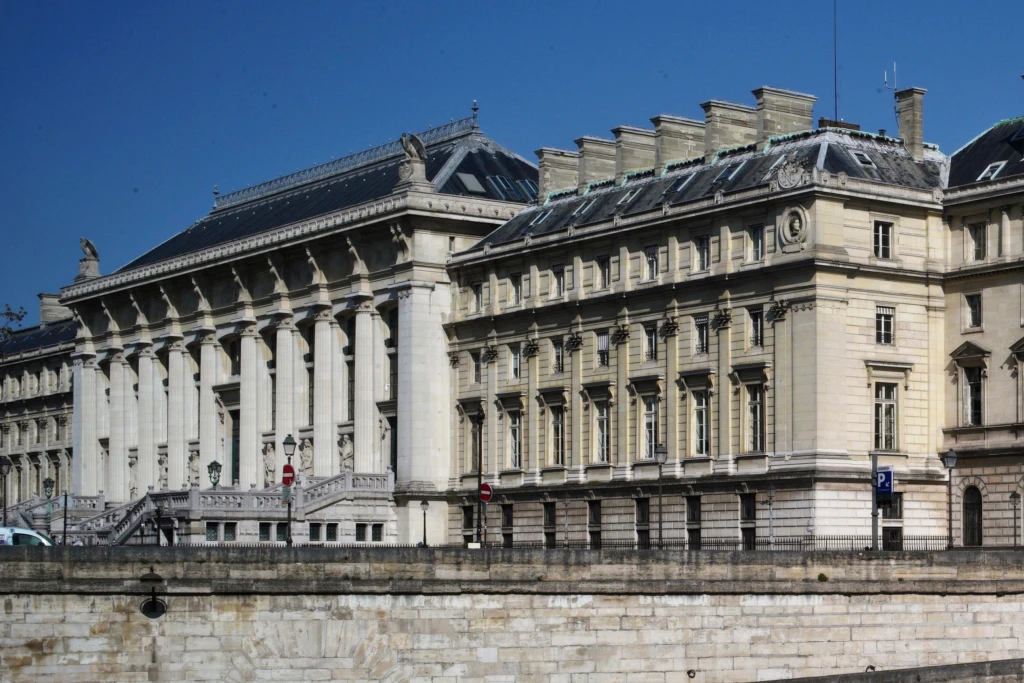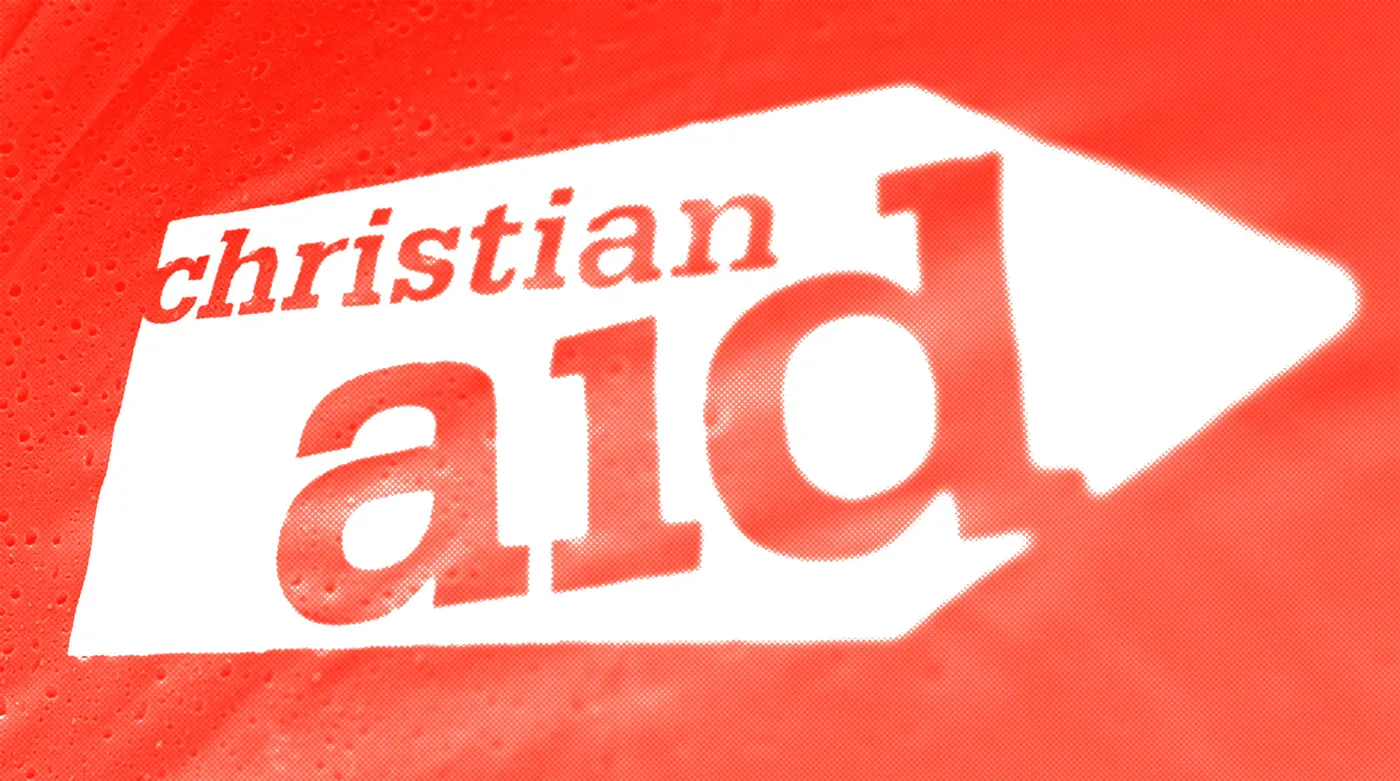
In the markets of Mogadishu, business owners are requested to pay taxes twice – once to Somalia’s internationally recognised federal government, and again to al-Shabaab, the al-Qaeda-linked insurgent group that most of the world considers a terrorist organisation.
Although Mogadishu is nominally under federal government control, al-Shabaab’s tax collection is more efficient, and many business owners prefer dealing with the militants.
“Al-Shabaab’s tax system is predictable and transparent,” said a Mogadishu-based NGO director who has worked extensively in rural Somalia, and asked not to be named so they could speak freely.
“The amounts levied are fixed, and you can even appeal their decisions in their courts,” explained the director. “At roadblocks on rural roads, al-Shabaab provides receipts that allow you to avoid double taxation.”
Compare that to government checkpoints “where you basically need to pay a variable bribe to get through. It is pocketed by the collectors, which means you will be taxed again at the next checkpoint,” the NGO official added. His opinion is confirmed by a research paper studying checkpoint politics in southern Somalia.
The group’s influence extends far beyond its rural strongholds. It directly governs nearly a quarter of all district capitals in Somalia, and co-governs almost all areas nominally held by the federal government outside the autonomous region of Puntland and the breakaway republic of Somaliland.
Recent studies by independent research organisations such as the Hiraal Institute, Saferworld and the International Crisis Group consistently show that Somalis view the group’s governance as efficient, compared to the corruption-plagued federal system.
This uncomfortable reality – that an internationally designated terrorist group outperforms Somalia’s government in basic governance – also emerges from my experience working as deputy director for the International NGO Safety Organisation in Somalia from 2016 to 2018 and extensive field research conducted in the country for my PhD between 2019 and 2022.
The militants have built their administrative success around creating a comprehensive system that extends far beyond military control. Their approach demonstrates how effective administration can emerge from understanding local needs and implementing consistent policies. The group replicates detailed governance systems from village to national level, with clear hierarchies and accountability mechanisms.
At the heart of al-Shabaab’s appeal lies their justice system. The group’s Islamic courts have earned recognition, even from critics, for delivering swift and decisive rulings that are actually implemented across their territory.
Unlike Somalia’s federal courts, where cases can languish for years and outcomes often depend on elite connections or bribes, al-Shabaab’s judges operate under strict rotation schedules, with their clan identities kept secret to ensure impartiality. The system’s credibility is reinforced by the lack of impunity – even senior al-Shabaab members face prosecution in their own courts when accused of wrongdoing.
Security provision forms another cornerstone of the group’s governance model. In territories under their control, crime and inter-clan violence have become rare. Al-Shabaab maintains an absolute monopoly on violence, treating even possession of unregistered weapons as a punishable offense.
This security dividend, despite taking the form of a protection racket in government-controlled areas, enables normal economic activities to flourish, and allows the population to live in peace – if they are willing to follow the militants’ strict regulations.
The group’s ban on popular stimulants like qat (khat) and tobacco, while resented by users, is appreciated especially by women concerned about the drain it imposes on the household economy.
The group’s economic policies reveal a sophisticated understanding of Somalia’s structural challenges. Al-Shabaab promotes economic self-reliance, encouraging consumption of locally produced foods over imports like rice and pasta, and frowning on processed foods and soft drinks filled with “chemicals” as unhealthy foreign products.
The group regulates cash crop exports to ensure domestic markets aren’t undercut by export-oriented production, and some districts under their control have experienced faster growth than nearby government-controlled areas.
Environmental protection represents one of al-Shabaab’s most unexpected governance innovations. The group has enacted comprehensive environmental regulations, including bans on tree-cutting, charcoal production and plastic bag use.
While initially ridiculed by international observers, these policies address serious environmental degradation in a country facing severe deforestation and an ecological crisis.
In recent agreements with local clans, al-Shabaab has explicitly named environmental protection as a condition for allowing continued traditional self-governance, demonstrating how they integrate conservation into their broader political project.
This comprehensive governance model creates a self-reinforcing cycle of legitimacy. Effective service delivery builds public acceptance, which enables more sophisticated administration, which in turn allows for more ambitious policy implementation. The result is a governance system that, while rejecting liberal democratic norms, addresses many of the practical needs that Somalia’s international-backed government has failed to meet.
Al-Shabaab has developed substantial humanitarian capabilities that operate independently of international aid systems. In the famine of 2011-2012 that killed a quarter of a million people, many victims were blocked from accessing international aid by the group, causing a popular backlash and a drop in popularity. Since then, they have improved their aid delivery capacity, funded primarily through zakat collected from local populations, supplemented by Gulf-based Islamic charities.
During the 2017 drought that threatened famine conditions across Somalia, no starvation deaths were reported in al-Shabaab-controlled areas, suggesting their distribution efforts were effective rather than merely propaganda exercises.
Humanitarian and development interventions by the militants remain insufficient compared to local needs, often involve coercion (forcing local inhabitants to do the work), and access to water and food aid can be restricted to those who will pay or submit to their authority. Both Somalis and international observers tend to consider these aid efforts a propaganda ploy.
Nevertheless, the group’s humanitarian approach reflects their broader critique of international aid dependency. Its officials consistently argue that Western food aid disrupts local markets and disincentivises Somali agricultural production.
For humanitarian organisations, al-Shabaab’s governance model presents a complex dilemma. The group strictly controls aid operations in its territory.
They insist that instead of importing Western agricultural surplus, humanitarian organisations should purchase food from Somali farmers and if there is none available, they should import it through local traders. They also claim that free aid makes Somalis lazy. They suspect humanitarian assistance is a Western ploy to increase the dependency of Somali society.
The neutrality of NGOs is indeed questionable, as Western donors often direct aid to increase the acceptance of the federal government by the Somali population, a practice called “stabilisation” in areas recently captured from, or contested by, al-Shabaab. Access to education, health, food aid, and other basic services provided by NGOs is then presented as a benefit of living under federal government rule.
For humanitarian organisations, al-Shabaab’s governance model presents a complex dilemma. The group strictly controls aid operations in its territory, requiring organisations to re-register; submit staff CVs, activity reports, and inventories; and pay administrative fees.
These requirements often conflict with both the NGOs’ own principles of neutrality and impartiality, and with counter-terrorism financing laws that prohibit transactions with designated terrorist groups. As a result, international NGOs largely avoid al-Shabaab areas, despite these regions hosting significant populations in need, and enjoying more peace, security, and implementation capacity.
Perhaps al-Shabaab’s most significant achievement lies in its management of Somalia’s clan-based social structure. Both before and after the establishment of the independent state of Somalia in 1960, clan identity has dominated Somali politics, contributing to the state’s collapse in 1991, and hampering subsequent reconstruction efforts.
Al-Shabaab has positioned Islamic law (sharia) above traditional clan law (xeer) for the first time in Somali history. This represents a fundamental shift from collective clan responsibility to individual accountability – a change that even critics acknowledge as potentially transformative.
The group either co-opts or appoints and rotates clan elders, organising them by geographic districts rather than clan lineage. This weakens links between local communities and broader clan families, while strengthening ties between different clans in the same region.
“Al-Shabaab in that sense is a modernising force, as it exposes Somalis to being governed by the rule of law,” noted Hussein Sheikh Ali, a former director of the Hiraal Institute think-tank. “We face a pre-modern society. Most people in Somalia have never dealt with modern laws; they haven’t even felt governed.”
Despite this apparent governance success, al-Shabaab faces a crucial paradox: legitimacy without popularity. While Somalis may recognise the group’s administrative competence and align with its ideology up to a degree, it appears most do not want to live under al-Shabaab rule.
The group’s nationalism, desire to free the country of overbearing foreign influences – whether Western, Turkish, Emirati, Ethiopian or Kenyan – and replace dependency with self-sufficiency garner it support.
In contrast, “there is no loyalty to the federal government because it lacks a clear programme or ideology, unlike al-Shabaab,” explained Abdirahman Abdishakur Warsame, leader of the opposition Wadajir party.
But the militants’ harsh interpretation of Islamic law; takfirism (the conviction that only their interpretation of Islam is correct and other Muslims are unbelievers); forced recruitment quotas imposed on communities; restrictions on education (particularly for girls); censoring of information and the internet; and their indiscriminate attacks on government areas generate significant resentment.
Most crucially, Somalis recognise that al-Shabaab rule would isolate them from the international community, cutting off opportunities for travel, education, and development. This concern particularly affects elites, and those benefiting from foreign assistance.
Research, however, shows that the majority of Somalis – while rejecting al-Shabaab’s claim to religious superiority and violent tactics – don’t reject the group’s political participation in Somali society. Most believe the only sustainable solution lies through negotiations rather than continued military confrontation.
These findings pose uncomfortable questions for the international community’s approach to Somalia.
Many of the stated objectives of international state-building efforts – establishing the rule of law, reducing corruption, transcending clan politics and promoting individual responsibility – are being achieved by “terrorists” while the federal government’s progress in these fields is excruciatingly slow.
The federal rule of law exists on paper only, legislative and executive positions continue to be allocated on a clan-basis instead of through elections and merit, and much if not most international assistance is embezzled or allocated along those same clan lines.
Engaging with al-Shabaab risks legitimising a designated terrorist organisation and potentially violating counter-terrorism laws. Yet, ignoring the reality of the group’s administrative control perpetuates a parallel system that may ultimately prove more durable than the internationally supported federal government.
The current strategy of treating al-Shabaab as a terrorist organisation to be eliminated militarily has proven ineffective for nearly two decades. The group has survived constant pressure from African Union forces, Somali government troops, and US drone attacks – consistently adapting and maintaining its grip on a majority of the population in central and southern Somalia.
Recent military offensives by the Hassan Sheikh Mohamud government – while achieving initial successes – have seen momentum wane as al-Shabaab reasserts control over “liberated” areas. Local populations remain sceptical of the government’s staying power and maintain ties with the militants regardless.
This presents another dilemma for policymakers and humanitarian actors. Engaging with al-Shabaab risks legitimising a designated terrorist organisation and potentially violating counter-terrorism laws. Yet, ignoring the reality of the group’s administrative control perpetuates a parallel system that may ultimately prove more durable than the internationally supported federal government.
Privately, representatives of humanitarian and development organisations often confide that al-Shabaab would be a more efficient partner than the federal government to achieve food security, establish health facilities, mitigate the effects of climate change, and improve physical infrastructure.
However, this would mean delisting al-Shabaab as a terrorist organisation, and uncoupling the political objectives of establishing a liberal democracy from development and humanitarian objectives of improving conditions for the Somali population.
- A Tell Media / Repubslishd with the permission of The New Humanitarian







